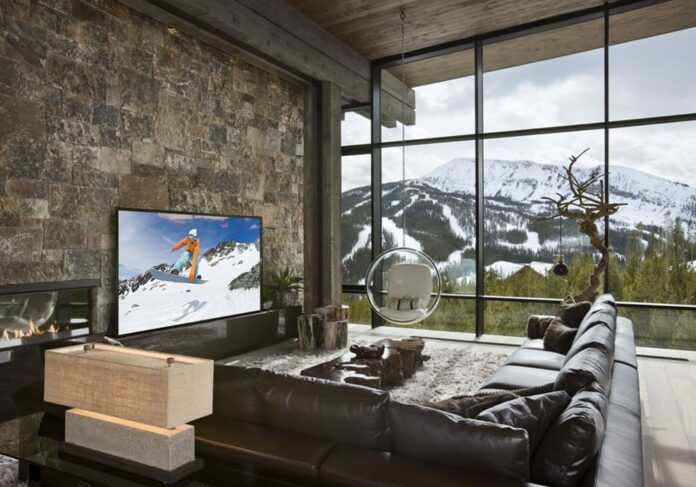You don’t have to occupy room space with a large TV stand or leave your television hanging 24/7 with a wall mount. Switch things up with a TV lift. These motorized devices offer an advantage to you, your room, and your television.
On your part, they bring convenience, as you can watch your favorite shows from any angle. In addition, they’re easy to operate with a remote. To your room, TV lifts save space, reduce clutter, and add aesthetics. Meanwhile, they ensure your television stays enclosed in a safe spot, free from dust and damage.
With these, it’s unsurprising that TV lifts are gradually becoming commonplace in homes. If you’re going to get one, you must make sure it works. For that, the below are factors to consider when you hit the market:
1. Size of your TV and Space
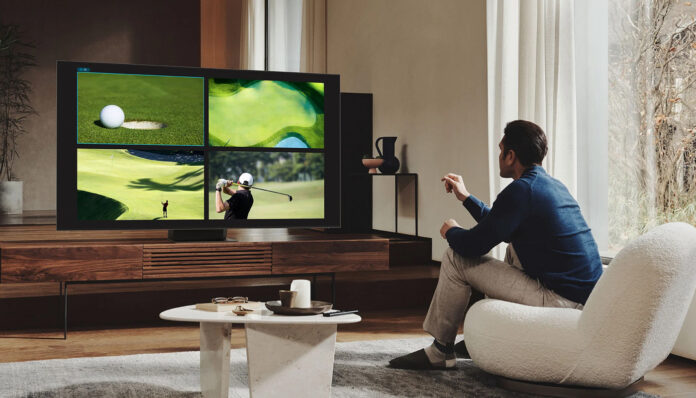
Manufacturers make televisions in different sizes — 32 inches, 43 inches, 55 inches, and so on. Similarly, TV lifts come in varying sizes. The first thing to check when choosing one is that it fits your TV.
For that, the lift and television must be uniform in size. If you have a 32-inch TV, for example, you should get a lift explicitly advertised to accommodate such a size. Also important is the space where you’ll install the lift. It, too, must befit the TV, or it can’t hold it in place.
2. Mechanism
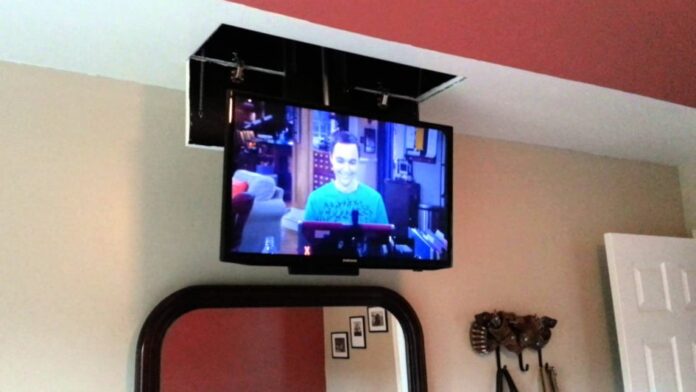
The integrated mechanism is critical when choosing a TV lift to ensure the device can support your television. Typically, you can go with a pop-out or drop-down lift. Under bed TV lifts can also work.
In particular, the mechanism must match the television’s weight. Consider a drop-drop TV lift. If the television is too heavy, your viewing set can fall down and disintegrate. A pop-out mechanism is more suitable for such heavy televisions since they operate from below.
Furthermore, your room plays a significant role in deciding the ideal mechanism. For example, if you’re installing the TV lift in your bedroom, an under bed model would suit best.
3. Lift Style
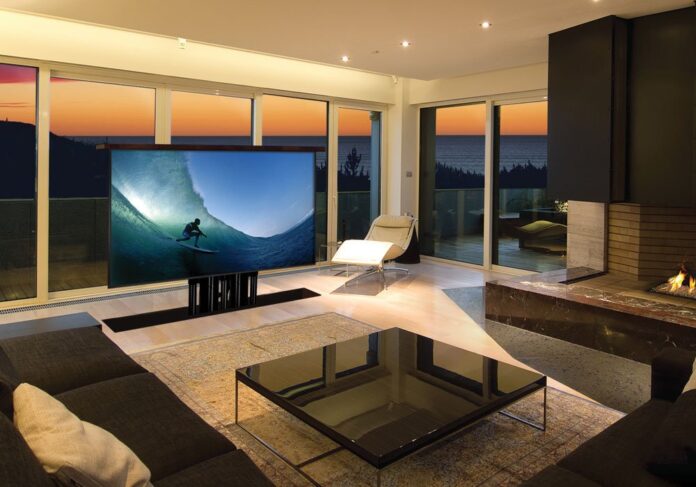
Style here refers to the material and design of the lift. Most TV lifts have steel in them. Even cabinet-designed ones have some steel elements, as it’s an ideal material to handle the television’s weight. However, some are still produced with wood.
Generally, pick a lift style that matches the design of your room. The device shouldn’t appear odd among other items. Suppose you want to install one in your living room and you have lots of wooden furniture. A TV lift with a wooden cabinet would blend easily in that case.
4. Control System

Your TV lift shouldn’t be a hassle to use, else it defies its essence. Thankfully, these devices feature convenient control systems that are seamless to manage. But you still must decide on which to go with.
You can purchase a TV lift controlled by a wireless remote. This will allow you to operate it from a distance. Alternatively, some lifts have wired remotes attached to the wall or cabinet where they’re installed. Such types mandate a short trip within your room to operate.
Indeed, you’ll prefer a wireless remote to a wired one. You can also check for other control options that make the lift easy to use. An example is Memory Setting, which allows you to schedule operations. For instance, you can set the lift to pop out and return at a particular time.
5. Installation Method
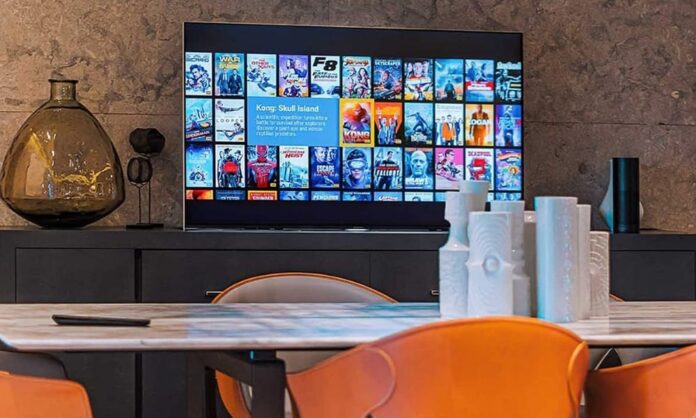
Some TV lifts are plug-and-play. You buy them, attach them to your wall, cabinet, or ceiling, and they work. In other words, they come pre-assembled and require no special installation.
Some other lifts can take hours to install. You may be unable to fix them yourself and have to pay an expert to handle the job. Such types are not necessarily bad. As a matter of fact, a lengthy installation can translate to more sturdiness afterward.
What you should consider is if you’ll be changing the lift position from time to time. Suppose that’s the case; a plug-and-play lift proffers an advantage. But if you need your television in a spot for long — like with ceiling TV lifts — it’s best to carry out an attentive installation.
6. Accessories
You may need your TV lift to work with speakers or lights. Or perhaps, you’re installing one for a cinematic experience, and you need to use curtains. All these are accessories to anticipate when choosing a TV lift. In a way, they’re not critical to the device’s performance. However, they’re vital for added convenience and enjoyment.
7. Safety
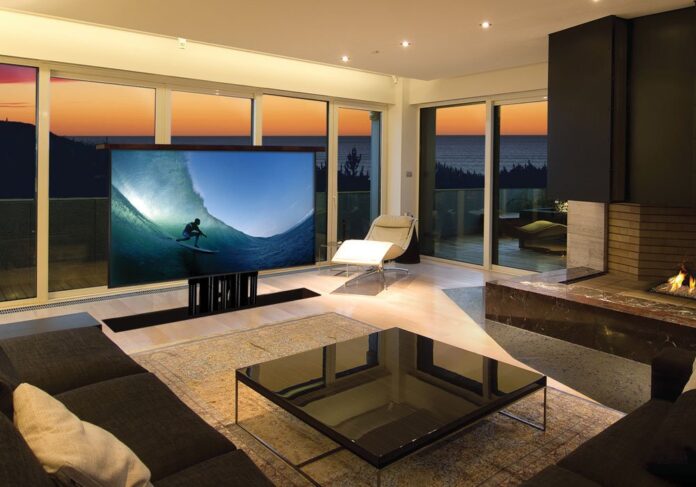
A good TV lift should be safe. This is important if you have kids around the house or pets. Kids, for instance, may attempt to operate the lift when there’s no adult around. And if they do it wrong, it could injure them.
As a result, you should target TV lifts with safety features such as childproofing, anti-pinch, and an anti-collision. Anti-collision is notably essential. It stops the TV lift from forcing its way through if there’s any obstruction in its path.
Furthermore, ensure the lift has a proper cable management system. Since it goes in and out, it’s easy for the television cables to tangle and tear. But with a cable management system, that won’t happen.
8. Budget
Finally, you must consider your pocket. At the end of the day, you can only purchase a TV lift that you can pay for. Hence, do check your budget when sorting your options.
Lifts with high-end mechanisms and motors will typically cost more. Other potential factors affecting price include size, style, finish, and accessories. Note that quality is usually not cheap. So, if you have to adjust your budget a bit to get the best TV lift, it’s to your benefit.
Conclusion
Adding a TV lift to your room brings in a different viewing experience. But that’s only obtainable with a fitting one. Of course, not every television lift in the market will work for your room. That’s why you must pay close attention when choosing one. If you follow the factors detailed in this post, picking the right TV lift should be facile.

